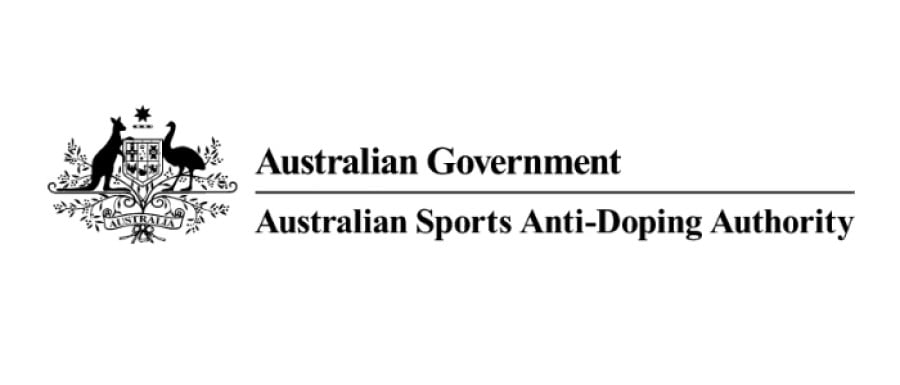Six QRL players get two-year sporting bans for the same prohibited stimulants
Queensland Rugby League’s (QRL) decision to impose two-year bans on six players for the presence, and presence and use of methylhexaneamine was today acknowledged by the Australian Sports Anti-Doping Authority (ASADA).
Andrew Zaro
Sunshine Coast Sea Eagles player Mr Zaro tested positive to the prohibited substance methylhexaneamine (1,3-dimethylpentylamine). The in-competition sample was collected on 26 August 2012 at the In Trust Super Cup, Sunshine Coast Stadium, QLD.
Mr Zaro was given a two-year ban by the QRL for the presence of a prohibited substance. The athlete may return to competition on 27 March 2015.
Matthew Lennon
Sandgate Brighton Gaters player Mr Lennon tested positive to the prohibited substance methylhexaneamine (1,3-dimethylpentylamine). The in-competition sample was collected on 8 September 2012 at the QRL Brisbane Second Division Grand Final held at Langlands Park, Brisbane, QLD.
Mr Lennon was given a two-year ban by the QRL for the presence and use of a prohibited substance. The athlete may return to competition on 1 February 2015.
Matthew Tailford
Sandgate Brighton Gaters player Mr Tailford tested positive to the prohibited substance methylhexaneamine (1,3-dimethylpentylamine). The in-competition sample was collected on 8 September 2012 at the QRL Brisbane Second Division Grand Final held at Langlands Park, Brisbane, QLD.
Mr Tailford was given a two-year ban by the QRL for the presence and use of a prohibited substance. The athlete may return to competition on 8 March 2015.
Johnathon Matters
Aspley Rugby League Football Club player Mr Matters tested positive to the prohibited substance methylhexaneamine (1,3-dimethylpentylamine). The in-competition sample was collected on 8 September 2012 at the QRL Brisbane Second Division Grand Final held at Langlands Park, Brisbane, QLD.
Mr Matters was given a two-year ban by the QRL for the presence and use of a prohibited substance. The athlete may return to competition on 8 March 2015.
Jarrod Knox
Aspley Rugby League Football Club player Mr Knox tested positive to the prohibited substance methylhexaneamine (1,3-dimethylpentylamine). The in-competition sample was collected on 8 September 2012 at the QRL Brisbane Second Division Grand Final held at Langlands Park, Brisbane, QLD.
Mr Knox was given a two-year ban by the QRL for the presence of a prohibited substance. The athlete may return to competition on 15 January 2015.
Benjamin Morgan
James Cook University Saints player Mr Morgan tested positive to the prohibited substance methylhexaneamine (1,3-dimethylpentylamine). The in-competition sample was collected on 16 September 2012 at the Townsville and District Regional Grand Final, Townsville Sports Reserve, QLD.
Mr Morgan was given a two-year ban by the QRL for the presence and use of a prohibited substance. The athlete may return to competition on 22 March 2015.
During the sanction period all players are ineligible to participate as an athlete or support person, in any sport that has adopted a World Anti-Doping Agency compliant anti-doping policy.
Methylhexaneamine, also referred to as dimethylamylamine and 1,3-dimethylpentylamine, is classed as an S6 stimulant on the World Anti-Doping Agency’s Prohibited List and is prohibited in-competition.
Generally, stimulants act directly on the central nervous system to speed up parts of the brain and body. They can increase alertness and reduce fatigue in athletes.
As of 1 August 2012 the Therapeutic Goods Administration also included methylhexaneamine in Appendix C of the Poisons Standard. The purpose of this was to prohibit the sale, supply or use of this substance because of its known potential harm to human health.
ASADA encourages any athlete who may still have products containing methylhexaneamine purchased prior to 1 August 2012, to dispose of these accordingly. Since 2010, ASADA has managed a number of positive tests from Australian athletes resulting from the use of supplements containing methylhexaneamine. Based on information provided by a number of athletes, the positive tests resulted from using one of the following supplements:

 Global Summit 2024
Global Summit 2024